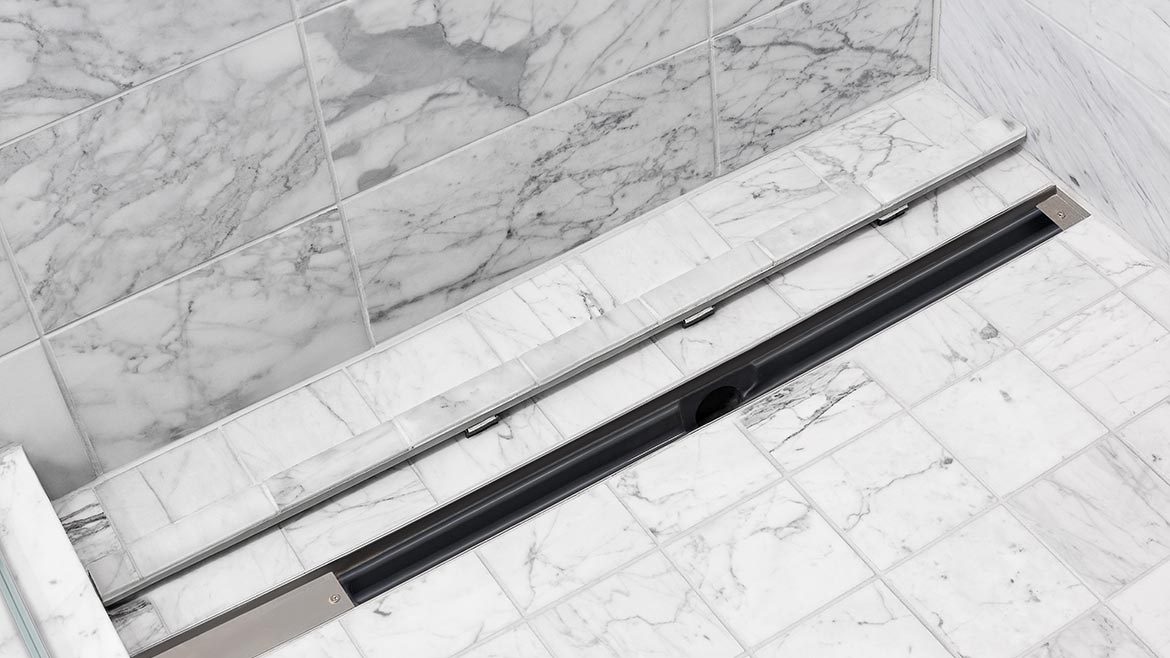
Almost every business preaches the benefits of customer service. Many talk the talk. But how many have the explicit mindset and systems in place to actually walk the walk? If we truly believed in every trite marketing expression -- from "Quality is Job One" to "Have it Your Way" -- we would never have recessions!
Jack Mitchell, of Mitchells/Richards Clothing Stores in Conneticut, is author of the book, "Hug Your Customers." The premise of this tome is that, for any business to achieve sustainable success, the focus must be first and foremost on the customer. Mitchell understands that, in today's world of immediacy and instant gratification, customers want and expect more. He places the customer at the center of his universe, and his company's commitment to building effective customer relationships is practiced at every level of the organization.
Mitchell defines every act of personal customer service as a "hug." A hug can be as simple as remembering a customer's name when she enters the store. Hugs come in many sizes and shapes. The goal is to personalize the shopping experience and to create relationships that become lifelong friendships.
The Mitchell road map for his third-generation family business should strike a chord with many retail floor covering showrooms. It describes a process that successfully coverts an attitude into an operating system to not just satisfy customers, but to consistently exceed their expectations. The success of his two stores is undeniable -- they generate $60 million in annual sales and have among the highest margins in the clothing industry.
Embracing passion. Passion is a key ingredient in creating a showroom dedicated to exceptional customer service. You need to be passionate about what you do -- and about life. When passion is evident in a showroom, it becomes infectious among the customers, the reps that serve your business and the manufacturers who supply your products. As a result, those in your supply chain are passionate about providing extraordinary customer service to your showroom.
Consistency is critical to creating a service culture. When you are "customer-centric," your bottom line benefits. You view problems as opportunities that provide one-time chances to cement relationships by converting anger into hugs. A stellar example would be to prevent problems before they happen.
As a designer, I often work on new-construction projects. It's the norm for me to check on the progress of a project at the rough-in stage, even before the drywall is installed. On a recent such visit while checking for an upcoming tile installation, I noticed that a balance pressure rough-in was missing in the master bathroom. It had inadvertently been installed in another bath. Had that mistake been overlooked, the large shower with multiple outlets would have never worked properly.

Information is key. At the heart of the relationship-building process is access to information. To be able to send a customer birthday and anniversary cards or gifts, you need to know the dates. You need to train your staff, in unobtrusive ways, on how to gather the information that can be used to communicate frequently and effectively. Information of this type is necessary to develop long-term, loyal client relationships and to promote a quality of service that constantly exceeds customer expectations.
Some of my customers have been using this system for many years. They have built computer databases on their clients and have used the latest technology as a tool. I am familiar with at least one company that does this. Once a sale is made, an electronic thank you with a link to the company's Web page is sent. It allows the customer to review the order and check on the progress of the project. Trade accounts can review sales tickets online, and download invoices and technical specifications.
This company's database includes purchases that date back more than 10 years. Because of this, a customer can come into the showroom with broken parts and the company can instantly identify the make, model number and part-ordering information. Now that's service!
As sophisticated as technology may be, the potential exists for using information more effectively. For example, you can create databases that track trends, staff performance, margins, and other financial and performance data. You can determine if particular product lines or styles are frequently specified by designers, or a particular customer base.
By serving as a constant source of information, showrooms can ensure that there's no reason for the design community to specify or shop from any other source. The possibilities are endless. But they don't exist if there is not the technical awareness and commitment to use the information as a competitive advantage.
On-time delivery. You can't achieve the hugs if you can't deliver products on time. Your technology can proactively help to ensure that delivery times are monitored and met. Your system can track, on a dynamic basis, average order time. If a deadline is not met, the system automatically notifies customers, eliminating the need for them to ask when an order will be delivered. If the deadline arrives and an order is not received, an inquiry is automatically issued to the manufacturer and the customer is notified of the status and a new delivery date via fax, e-mail or phone call.
By using these tools, you enhance your relationship with your customers. With a proactive system, the message is sent to the customers that you're looking out for their interests after the sale has been made. It's a way of giving a hug.
We must learn to hug our customers. Our competitive advantage depends on it.


